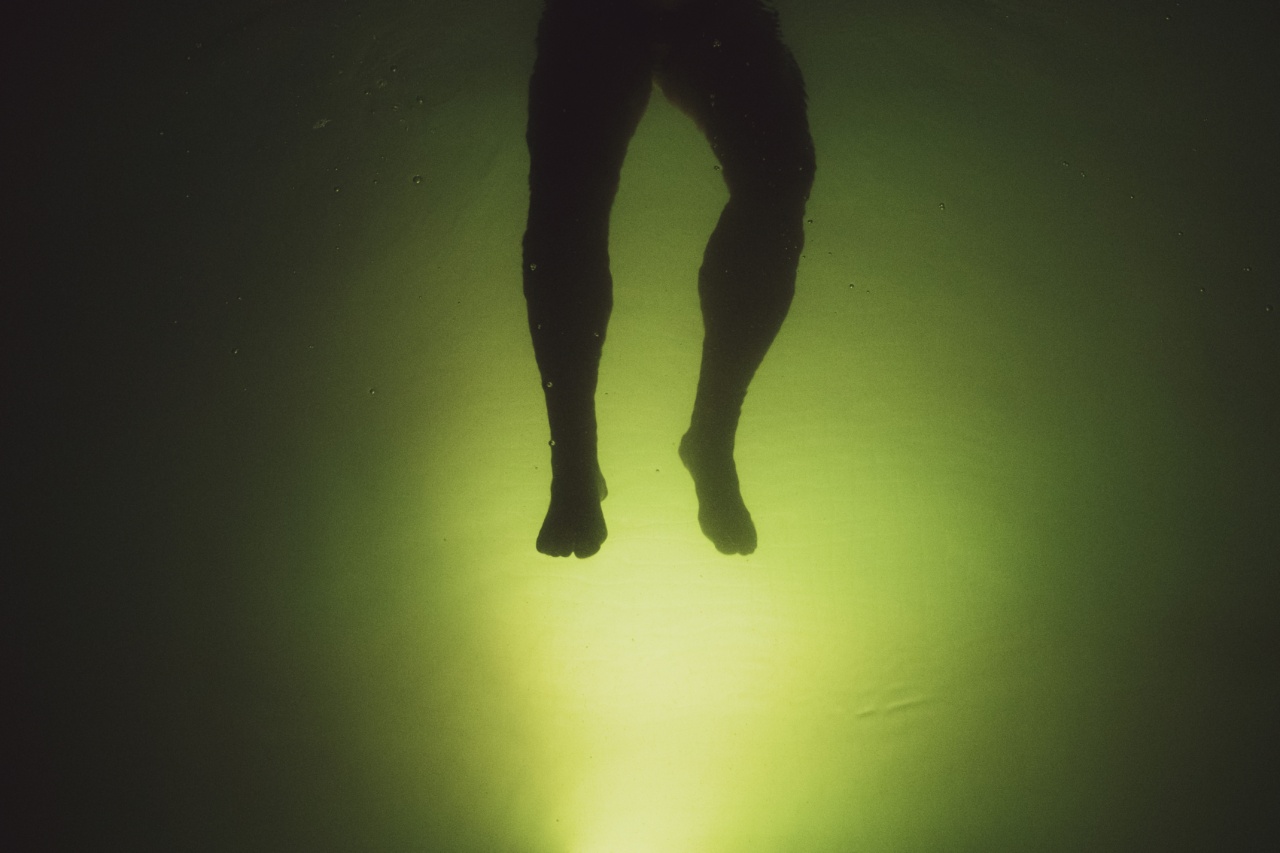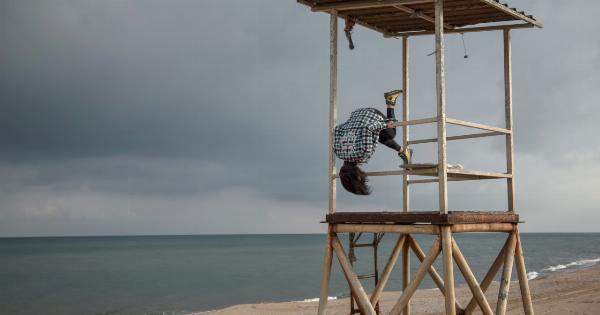The goose’s foot wrinkle mystery has puzzled researchers for decades. This intriguing phenomenon, characterized by the intricate patterns and lines on the feet of certain goose species, has left scientists scratching their heads.
In this article, we will delve into the enigmatic nature of goose foot wrinkles and explore various theories and hypotheses surrounding their existence.
The Anatomy of a Goose Foot
Before we embark on our journey to unravel the goose foot wrinkle mystery, let’s first understand the basic anatomy of a goose’s foot. The foot of a goose consists of three main parts: the tarsus, metatarsus, and digits.
The tarsus is the long bone that forms the upper part of the foot, while the metatarsus is the middle bone. The digits, similar to our toes, are the structures at the end of the foot.
The Curious Case of Goose Foot Wrinkles
When observing the feet of certain goose species, one cannot help but notice the intricate patterns and lines that adorn their surface.
These wrinkles, which resemble the wrinkles on the human palm or the patterns on a fingerprint, have baffled scientists for years.
Function or Aesthetic?
One of the earliest debates surrounding goose foot wrinkles was whether they serve any functional purpose or are purely aesthetic.
Some researchers argued that the wrinkles enhance grip and traction, allowing geese to navigate various terrains with ease. Others proposed that the wrinkles aid in water drainage, preventing the accumulation of moisture between the foot and the ground.
Evolutionary Explanations
Evolutionary explanations for goose foot wrinkles have also been put forward. One theory suggests that the wrinkles may have evolved as a form of camouflage, helping geese blend in with their surroundings.
By imitating the patterns found in their natural habitats, geese may be able to better hide from predators.
Environmental Factors
Research has also explored the role of environmental factors in the development of goose foot wrinkles. It is believed that the moisture content of the soil where geese reside may impact the formation of these wrinkles.
Geese living in wetter environments may exhibit deeper and more prominent wrinkles compared to those in drier regions.
Genetic Influences
Genetics may also play a role in the development of goose foot wrinkles. Certain genes and genetic variations may predispose certain goose populations to have more pronounced wrinkles, while others may have minimal wrinkling or none at all.
Further studies are needed to unravel the complex genetic mechanisms underlying goose foot wrinkle formation.
Comparative Studies
To gain further insights into the goose foot wrinkle mystery, scientists have conducted comparative studies across different bird species.
By examining the feet of a wide range of avian species, researchers can identify commonalities and differences in foot morphology. This comparative approach offers valuable clues and contributes to our understanding of the purpose and evolution of goose foot wrinkles.
Conservation Implications
Understanding the mysteries of goose foot wrinkles is not just a matter of scientific curiosity; it can also have practical implications for conservation efforts.
Goose foot wrinkles can serve as a unique identifier for individual geese, aiding in population and migration studies. By studying wrinkle patterns, scientists can gather valuable data on the movements and behaviors of these avian creatures.
The Quest Continues
While significant progress has been made in deciphering the goose foot wrinkle mystery, there is still much to learn. The interplay between genetics, environment, and function remains a complex puzzle awaiting further exploration.
Through continued research and collaboration, scientists strive to unlock the underlying mechanisms behind the formation and purpose of goose foot wrinkles.





























